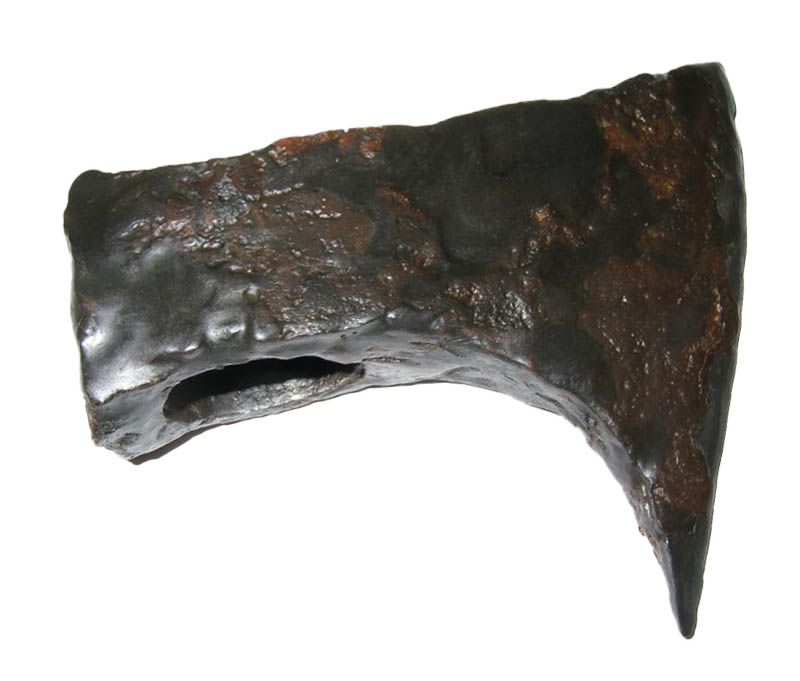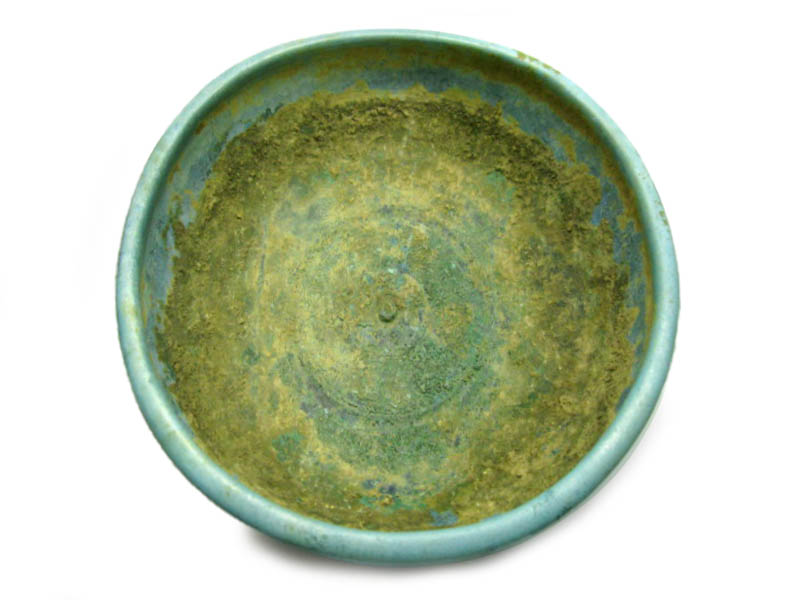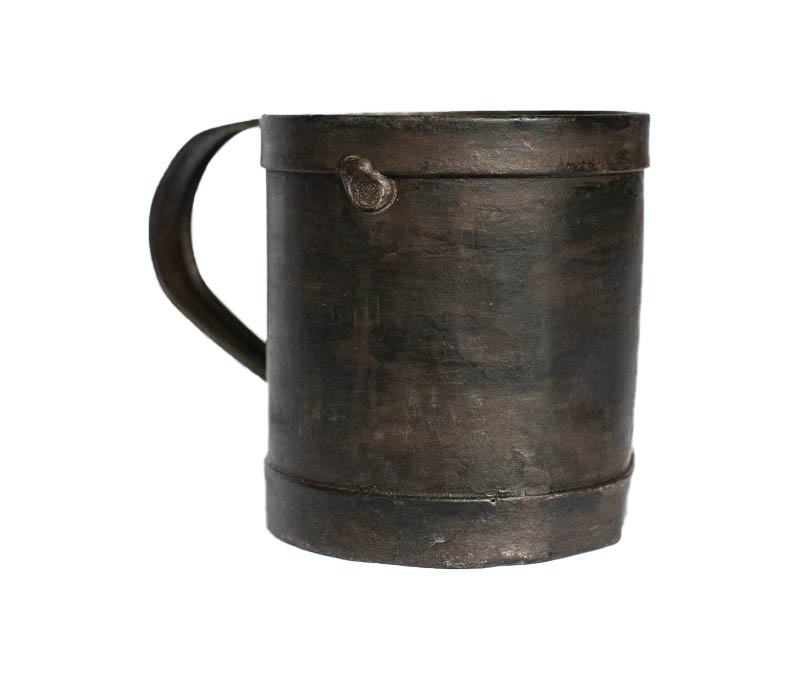Featured
The world of archaeology

Information
Archaeological material is considered to be objects that, according to historical dating, belong to the period from prehistory to the late Middle Ages. Over time, archaeological metal materials have lost their original properties: strength, elasticity and structure. It is important to extract and preserve the original surface of the object as much as possible, on which various authentic decorations and organic remains can be found, which are key elements in determining their origin and age. Modern conservation of archaeological material has eliminated the use of restoration using chemical methods, which damaged the original surface of the object, and sometimes, due to the limited ability to control the process, destroyed it entirely. For this reason, a precise mechanical-abrasive method of material processing was developed, with which archaeological material can be processed more safely. Conservation is also adapted to archaeological material, which means that reversible means are used in conservation.






Archaeological iron land finds
Archaeological iron objects are the best example of how, over time, the elemental state of a material loses its original properties – strength, elasticity and structure – due to its very high resistance to physical and chemical properties, the influence of moisture, the atmosphere and the composition of the soil where iron objects were found after, often, several thousand years. In order to carry out restoration and conservation to the best possible extent, it is necessary to stabilize the iron material beforehand.




Archaeological bronze land finds
Archaeological objects made of bronze, unlike iron, are more resistant to physical and chemical properties, the influence of moisture, the atmosphere and the composition of the soil. It is a more refined material that belongs to a higher class. Restoration and conservation have their own laws that must be followed during the procedure. The final conservation of the material should undergo a stabilization procedure that is significantly shorter than that of iron, in order to eliminate hot spots that could restart the corrosion process.




Arheološki željezni podvodni nalazi
Etiam auctor, enim sed sagittis pulvinar, dui lacus pellentesque dui, non facilisis urna ligula eget nisi. Sed eu orci arcu. Class aptent taciti sociosqu ad litora torquent per conubia nostra, per inceptos himenaeos. Duis nibh augue, pharetra rhoncus imperdiet in, consequat vitae libero. Duis quis lobortis erat. Curabitur tempus accumsan nisl at ornare.




Arheološki brončani podvodni nalazi
Etiam auctor, enim sed sagittis pulvinar, dui lacus pellentesque dui, non facilisis urna ligula eget nisi. Sed eu orci arcu. Class aptent taciti sociosqu ad litora torquent per conubia nostra, per inceptos himenaeos. Duis nibh augue, pharetra rhoncus imperdiet in, consequat vitae libero. Duis quis lobortis erat. Curabitur tempus accumsan nisl at ornare.

